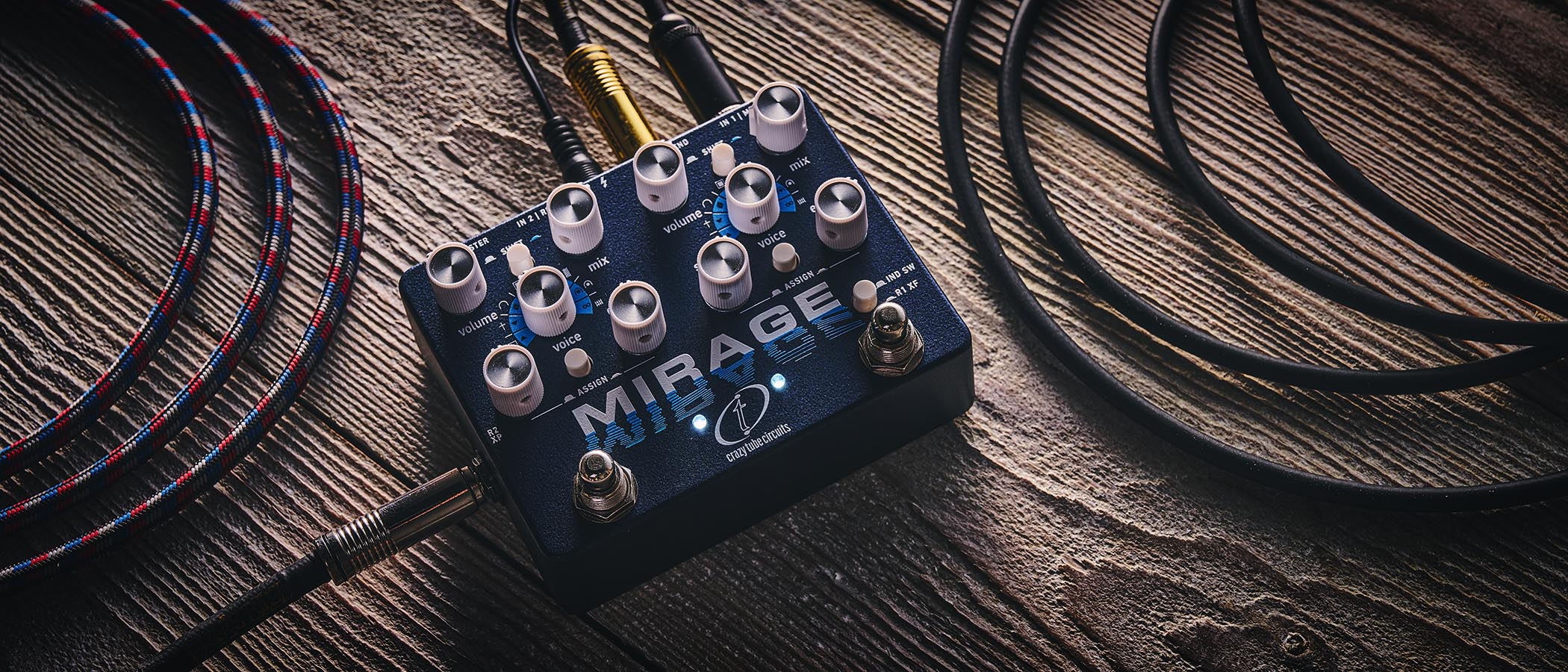“These guitars illustrate the musical journey of one of popular music’s greatest artists”: Inside Christie’s’ epic $11.2 million Mark Knopfler guitar auction
We got an up-close look at some of the most storied, rare and collectible of Mark Knopfler's guitars, just before they went under the hammer
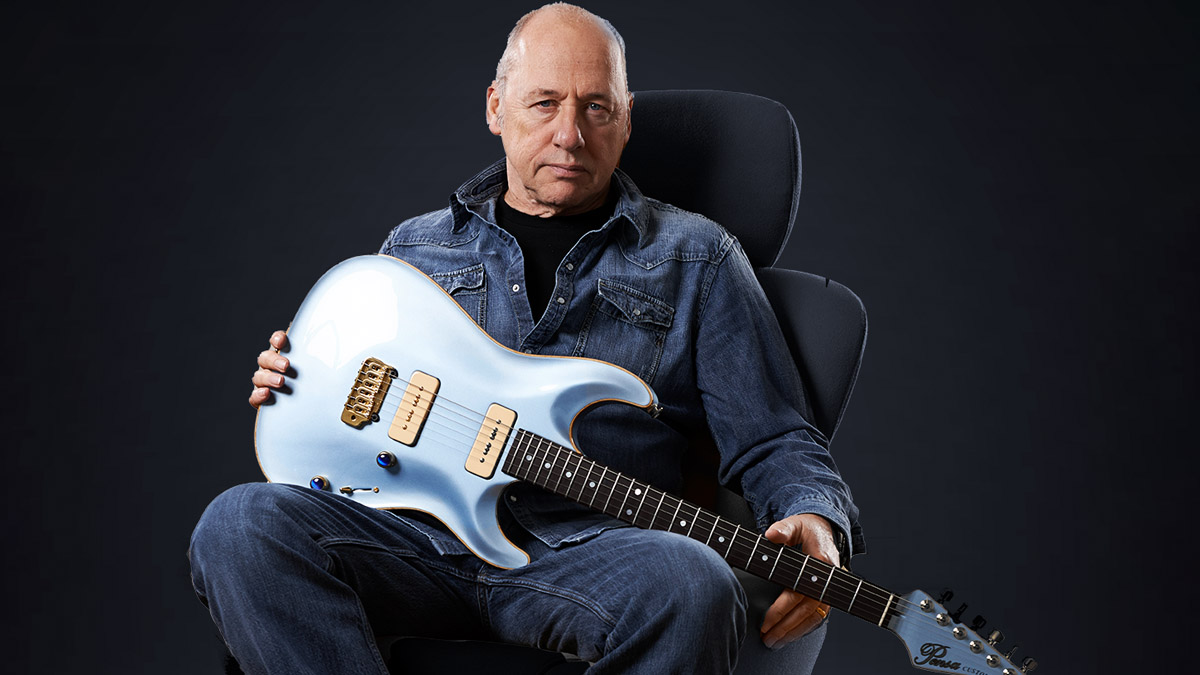
[Ed. note: Prior to the recent Christie’s auction of Mark Knopfler’s guitar collection – which went on to garner over $11 million – we got a sneak peek at some of the most storied, rare, and collectible models in the lot.]
Some guitarists, such as Brian May, are forever associated with a single guitar. Others, such as Mark Knopfler, have browsed through a century and more of the luthier’s craft to track down unique sounds.
During the course of his 50-year career, Knopfler has used everything from Les Paul reissues to jazz-era D’Angelico archtops to create ageless tracks such as Money For Nothing and Brothers In Arms, and a thick catalog of solo albums; among them Tracker, Get Lucky, and Down The Road Wherever. In the process, he built up one of the most enviable collections of recording instruments you’ll find.
So it’s all the more remarkable that he’s putting 120 of these guitars and amps, including those used on some of his most famous work, up for auction at Christie’s in London on January 31.
We caught up with Kerry Keane, Christie’s vintage guitar expert – who also inspected and prepared David Gilmour’s guitars for sale in 2019 – to talk about some of the highlights of the upcoming sale.
What does this sale represent in terms of Mark Knopfler’s relationship with the guitar?
“I’m a bit of a guitar nerd and I find guitars wonderful to look at as icons of the stylistic time period they were made in. But at the same time, they are static items until they’re put into the lap of an artist, a guitarist, and then they fully fulfil their mission.
All the latest guitar news, interviews, lessons, reviews, deals and more, direct to your inbox!
“There are 123 lots in this sale and the vast majority of them are guitars. And, for me, they illustrate the musical journey of one of popular music’s greatest artists, from his youngest influences as a guitarist to a performer and now a composer today.”
There’s a wide range of guitars in the sale, but some, like the 1988 Pensa-Suhr custom, are indelibly associated with Mark’s time in Dire Straits.
“Yeah, I think without a doubt, that’s a very iconic guitar in terms of his performances. Firstly, just as an object it’s a spectacular example of really great guitar making and it really illustrates, I think, the high skill that John Suhr brings to the craft.
“John shared with me a really wonderful backstory about Mark meeting with Rudy Pensa. And after having done quite a bit of business with him over the years, Mark came up with the idea of ‘let’s design the perfect guitar for me.’ And that was all drawn out on a napkin in Fritzel’s Coffee Shoppe in midtown Manhattan.
John Suhr, a talented young guitar maker, had begun making an instrument specifically for himself – and had decided to pull out all the stops, using the finest pieces of wood
“What I did not know was that John Suhr, a talented young guitar maker, had begun making an instrument specifically for himself – and had decided to pull out all the stops, using the finest pieces of wood [at his disposal].
“He had it roughed out and he’d decided to arch the top, which he’d never done before [on a guitar of this type], arching it in the same way that a Gibson Les Paul top is arched, unlike the flat slab of a Telecaster or the contours of a Stratocaster. He wanted to do a sort of violin arch. And that part of the work was done when in comes Rudy Pensa, and says, ‘I think this is going to be the perfect guitar for Mark after speaking with him.’
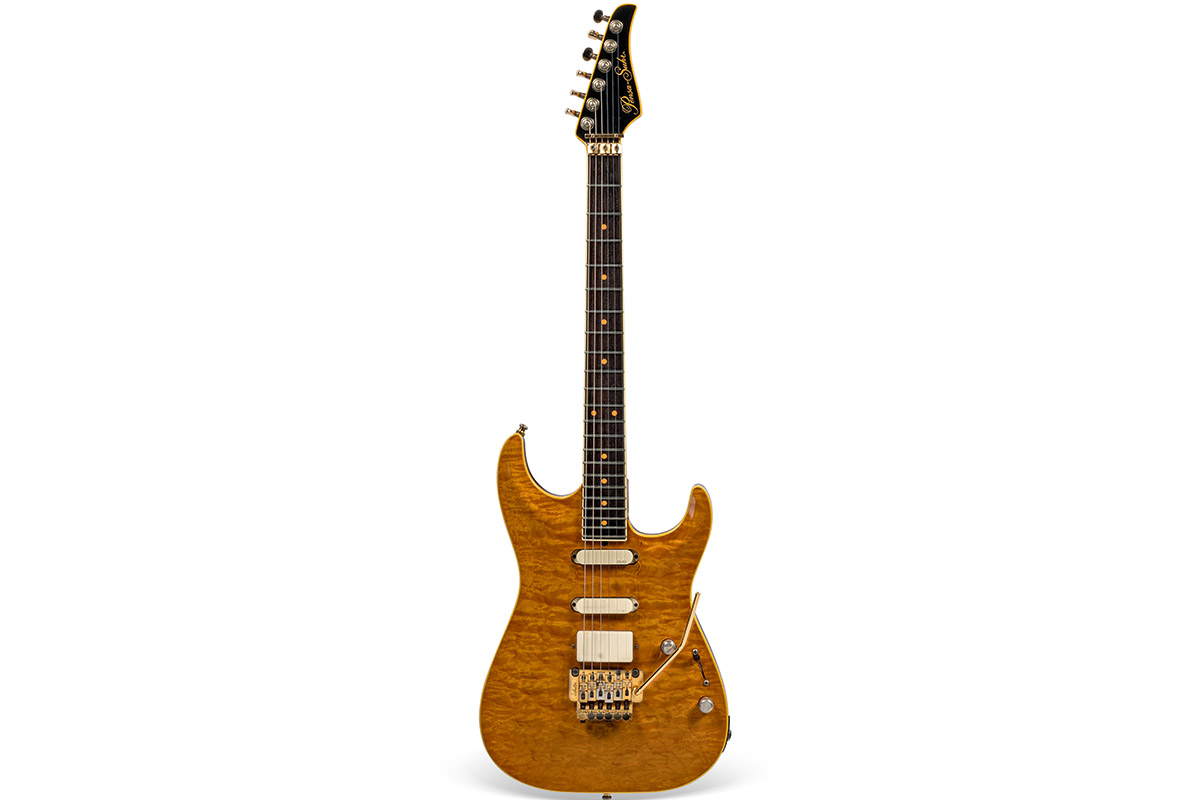
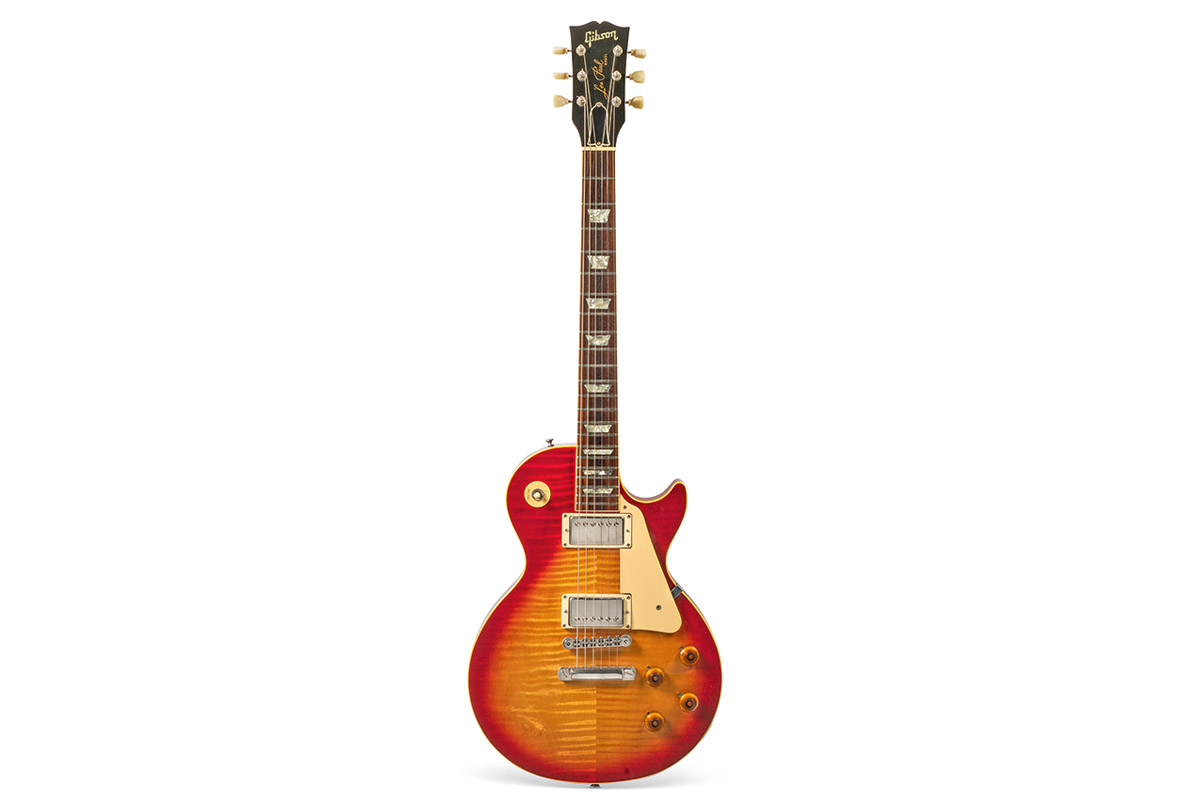
“So John had to take this half-finished instrument and now fit it to the needs of Mark Knopfler. There was a time period in which it had to be done, in order to be delivered to Mark in time for his performance in a Nelson Mandela tribute, which I believe was in 1988.
“And to this day, John Suhr says firstly that he thinks that guitar is one of the finest pieces of work he’s ever done, but also that it was his crowning achievement as a guitar maker to finish that instrument to fit the needs of Mark Knopfler and to fulfill the quality and get it there on time.
“He was worried about the nitrocellulose lacquer drying in time [for delivery]. He had all the coats on and then decided to do a final top coat with polyester. Which was sort of a new development in ’88, as not a lot of independent makers were using a polyester topcoat at that time. But it worked and he was able to say, ‘Good, it’ll hold, now we can get it off to Mark.’”
Tell us about some of the notable Les Pauls in the sale. There’s one original 1959 Les Paul Standard and then some reissues, one of which had a very special role in Mark’s recording career.
“Yes. There’s only one vintage ’Burst in the sale, but there are a couple of more modern reissue sunbursts. In the early days of Dire Straits, Mark said he could never afford to buy a Les Paul from the ‘classic’ years, so he got a reissue and recorded things like Brothers In Arms and Money For Nothing with that one, and toured with it. That particular guitar was purchased in 1984 from Rudy Pensa and it was used during recording of the 1985 Dire Straits album, Brothers In Arms; for the title track and Money For Nothing.
I’m gonna get in a lot of trouble for saying this… pre-war Martins are spectacular. But I think – as musicians, and as connoisseurs of great guitar making and the tonal qualities of guitars – we should never diminish the quality of guitars that Martin was making after World War II
“But by the mid-90s, Mark was able to afford the real deal. He actually said, during an interview, ‘Success I adore. It means I can buy 1959 Gibson Les Pauls and Triumph motorcycles. But I detest fame. It interferes with what you do and has no redeeming features at all.’ So Mark purchased the 1959 Les Paul from Bobby Tench, previously of the Jeff Beck Group, via Pete Townshend’s guitar tech, Alan Rogan, and he also purchased a 1958, which he is retaining.”
No discussion of Mark’s music would be complete without talking about his work on acoustic guitars. There are some extraordinary acoustics in the sale, such as the 1951 Martin D-28.
“Well, that guitar comes a little bit later in his career. I mean, I don’t think he had that guitar until about 2000 or so. And he shared with us that he couldn’t afford a [classic] Martin in the beginning [of his career]. He bought this particular one in 2017 from the Vintage Guitar Emporium in London and immediately put it to use in the studio to record Nobody’s Child and Pale Imitation along with a few others.
“He waxes endlessly about acoustic guitars, but it’s interesting that prior to getting the D-28, he was mostly playing slope-shouldered Gibson dreadnoughts – and you’ll see quite a few of them in the sale. But his Martins tended to be smaller-bodied instruments.
“Two of which that excited me, in the sale, were firstly a 1917 00-30 – very, very early – and then he had done a signature model but not with Martin, but then he went back and did another signature model [this time with Martin] and that is the 000-40S, known as the ‘Ragpicker's Dream.’ But what a great instrument and, again, it kind of illustrates, for me, his expertise as a fingerpicker.”
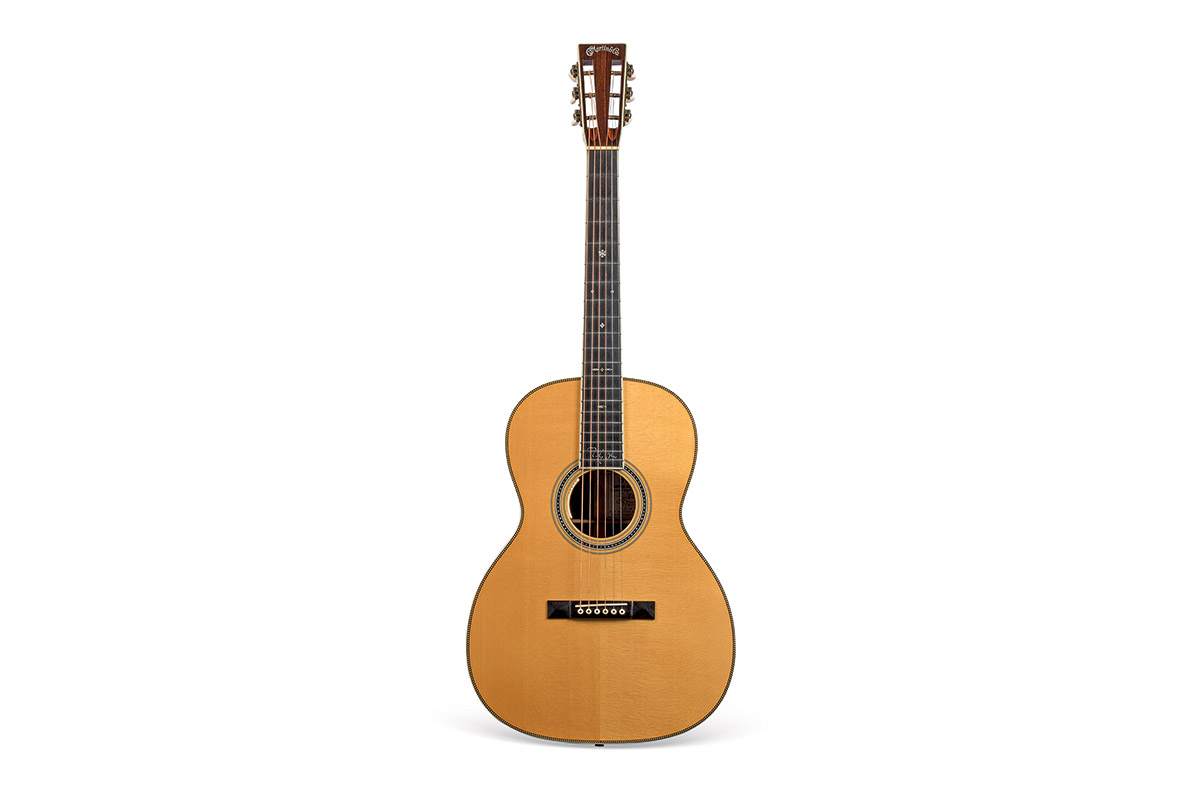
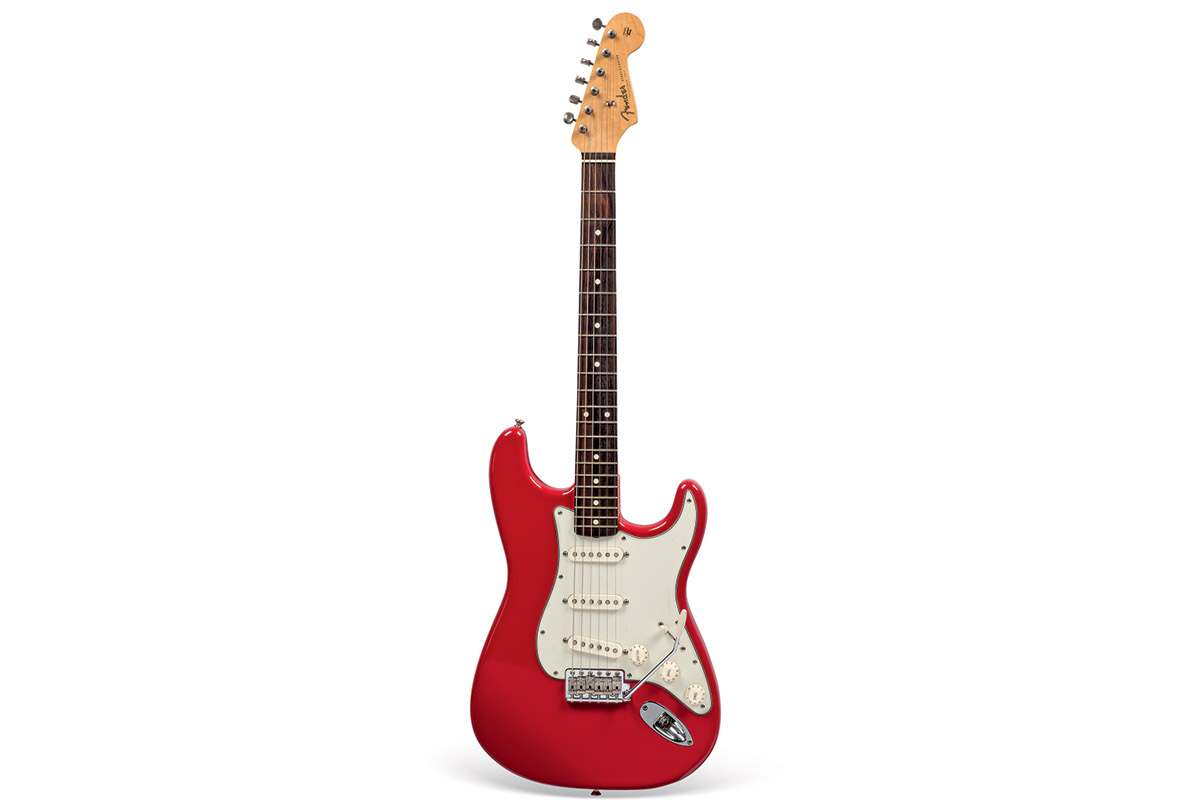
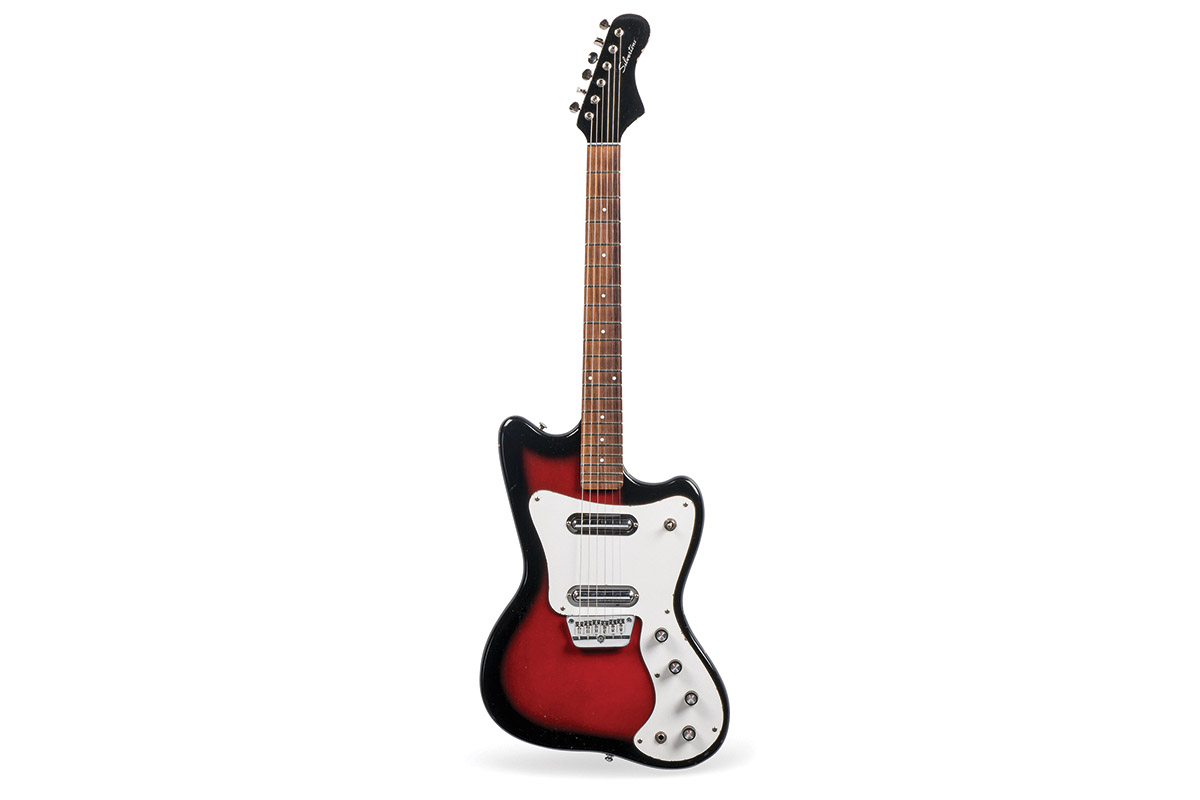
People always speak reverently about pre-war Martin dreadnoughts, but how much difference is there between them and the Martin dreads in the 1950s, quality-wise?
“You know, I’m gonna get in a lot of trouble for saying this… pre-war Martins are spectacular. But I think – as musicians, and as connoisseurs of great guitar making and the tonal qualities of guitars – we should never diminish the quality of guitars that Martin was making after World War II.
“I had a client a few years back who purchased a 1954 D-28 that was in spectacular condition and sounded magnificent. And I remember one of the sort of better connoisseurs in the guitar world playing that guitar. He said, ‘Oh my God, this is the real thing.’ So, yeah, I think we put maybe too much emphasis on the pre-war instruments, but that’s the market speaking. And the market always goes where it wishes.”
Jamie Dickson is Editor-in-Chief of Guitarist magazine, Britain's best-selling and longest-running monthly for guitar players. He started his career at the Daily Telegraph in London, where his first assignment was interviewing blue-eyed soul legend Robert Palmer, going on to become a full-time author on music, writing for benchmark references such as 1001 Albums You Must Hear Before You Die and Dorling Kindersley's How To Play Guitar Step By Step. He joined Guitarist in 2011 and since then it has been his privilege to interview everyone from B.B. King to St. Vincent for Guitarist's readers, while sharing insights into scores of historic guitars, from Rory Gallagher's '61 Strat to the first Martin D-28 ever made.




